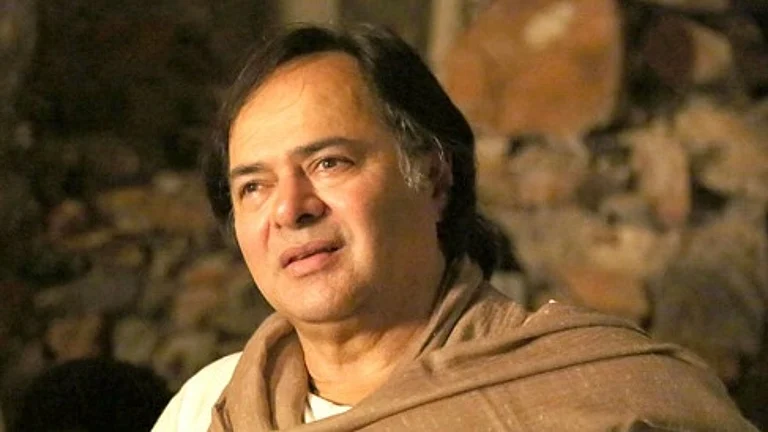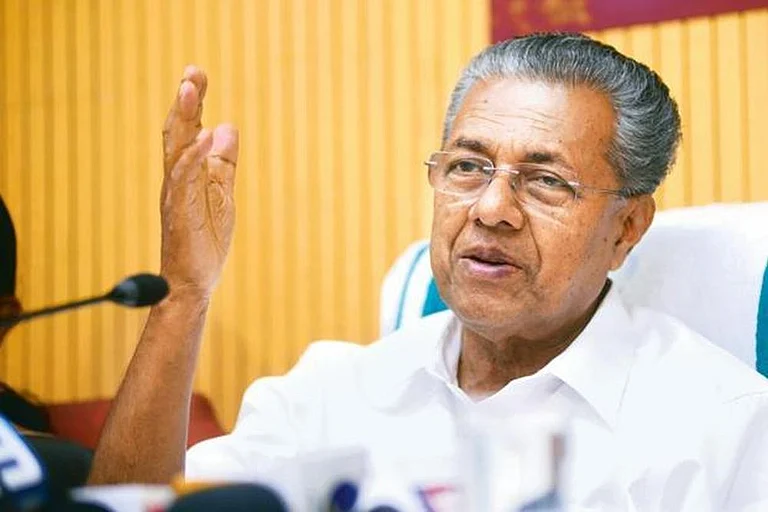“Loliondo is bleeding”: an SMS message woke me up on the morning of June 10. Dozens of terrifying images of Maasai men and women, with wounds on their legs, on their backs, on their heads, started filling my phone. A lot of blood. And then videos of Maasai running away from the Tanzanian police who were shooting at them. They looked like war images. I, like so many other people in the Global North, was shocked. How could the peaceful images of zebras, giraffes and lions that the Serengeti ecosystem conjures up in Western minds be transformed into this theatre of brutal violence?
The Maasai, on the other hand, have always known it’s war. They’ve explained to me: “Your conservation areas are a warzone for us”. They’ve been expecting this moment for a long time. The government has been trying to seize 1500 sq km of their ancestral lands for years, wanting to use it for trophy hunting, elite tourism, and conservation.
Conservationists working in Tanzania, like the German-based Frankfurt Zoological Society (FZS), advocate a racist and colonial fortress model of conservation. FZS refers to the local population and their cattle as one of the key threats to the survival of the ecosystem, thus promoting the myth of a “wilderness” without people, which has been the underlying philosophy behind the Maasai evictions from the start.
Just as dangerous to the Maasais are the tourists, who are fed a diet of images, pushed by the media, documentaries, and schoolbooks that sell the idea of “nature without people,” and who expect to find only “wild” animals on their safaris. Indeed, the Maasai must confront not only the wilderness myth but also deeply entrenched racism. In April a famous US journalist, CBS News’ Peter Greenberg, called the Maasai “primitive” while strolling with the President of Tanzania, in Tanzania: the Royal Tour, his long-running television series where sitting heads of state become his personal tour guides to their countries. As a Maasai man put it: “The Tanzania government doesn’t want the Maasai because people coming here don’t want to see the Maasai. Before we didn’t think too much (or too badly) about tourism but now we understand that tourism is people coming with money, which makes the government think ‘If we move the Maasai, more people will come here with money’.”

In the context of continuous attacks on the Maasai’s way of life, at the start of June, the Tanzanian government announced their plan to “upgrade” Loliondo Game Controlled Area to a Game Reserve: which in practice means that Maasai houses and grazing will be banned. On June 8, dozens of police vehicles and an estimated 700 officers arrived in Loliondo to mark out this new area. On June 10 they fired at Maasai who was protesting these efforts to evict them: at least 18 men and 13 women were shot, and many more were wounded with machetes. One person is confirmed dead. In the days that followed the police went house-to-house in Maasai villages, beating and arresting those they believed had distributed images of the violence or took part in the protests. A 90-year-old man was beaten by police because his son was accused of filming the shooting. Thousands of Maasai including children are reported to have fled into the bush. A dozen people have been arrested.
For many of you, it will seem absurd that such a well-known indigenous community is facing such brutal violence in the name of conservation. The Maasai are a pastoralist society, with a strong connection to the land. A Maasai elder told me: "I love this place and I’m not ready to leave because it’s my home. I have been here since they moved us from Serengeti. It’s very good land with enough water. It’s the only place that I’m proud to tell my kids: this is your heritage."
But for those who know the story of conservation, this is not really a surprise. The brutality in Loliondo reveals the true face of conservation: daily violations of the human rights of indigenous peoples and local communities so those wealthy tourists can hunt or go on “safari” in so-called “protected areas”. These abuses are systemic and are built into the dominant racist and colonial model of conservation – a model that also exists in India. In the exact same way that the Tanzanian government is forcing the Maasai out of their homes, the Indian government is illegally evicting Adivasis (‘tribal peoples’) from the land where they have always lived and that they have always protected, to make way for tiger reserves where tourists are welcome. And this is despite Indian law specifically protecting the Adivasis’ right to remain in their ancestral homelands. Indigenous people like the Jenu Kuruba in the Nilgiris or the Baiga in Madhya Pradesh are accused of harming wildlife. But, far from killing tigers, many tribes worship them as gods and take care of their environment better than anyone else. Where tribal people’s right to stay in a tiger reserve was recognised, tiger numbers soared.
The events in Loliondo should be a lesson for us all. Indigenous peoples have been living in the most biodiverse places in the world for generations: these territories are now deemed to be important nature conservation areas precisely because the original inhabitants took such good care of their land and wildlife. We can no longer turn a blind eye to human rights abuses committed in the name of conservation. This model of conservation is deeply inhumane and ineffective and must be changed now. Protected areas are failing to save biodiversity and are alienating the local people – those best placed to protect their lands. As a Maasai leader told me: “Without us the animals will be killed. We are the real conservationists. This is our land, and we won’t leave."





















